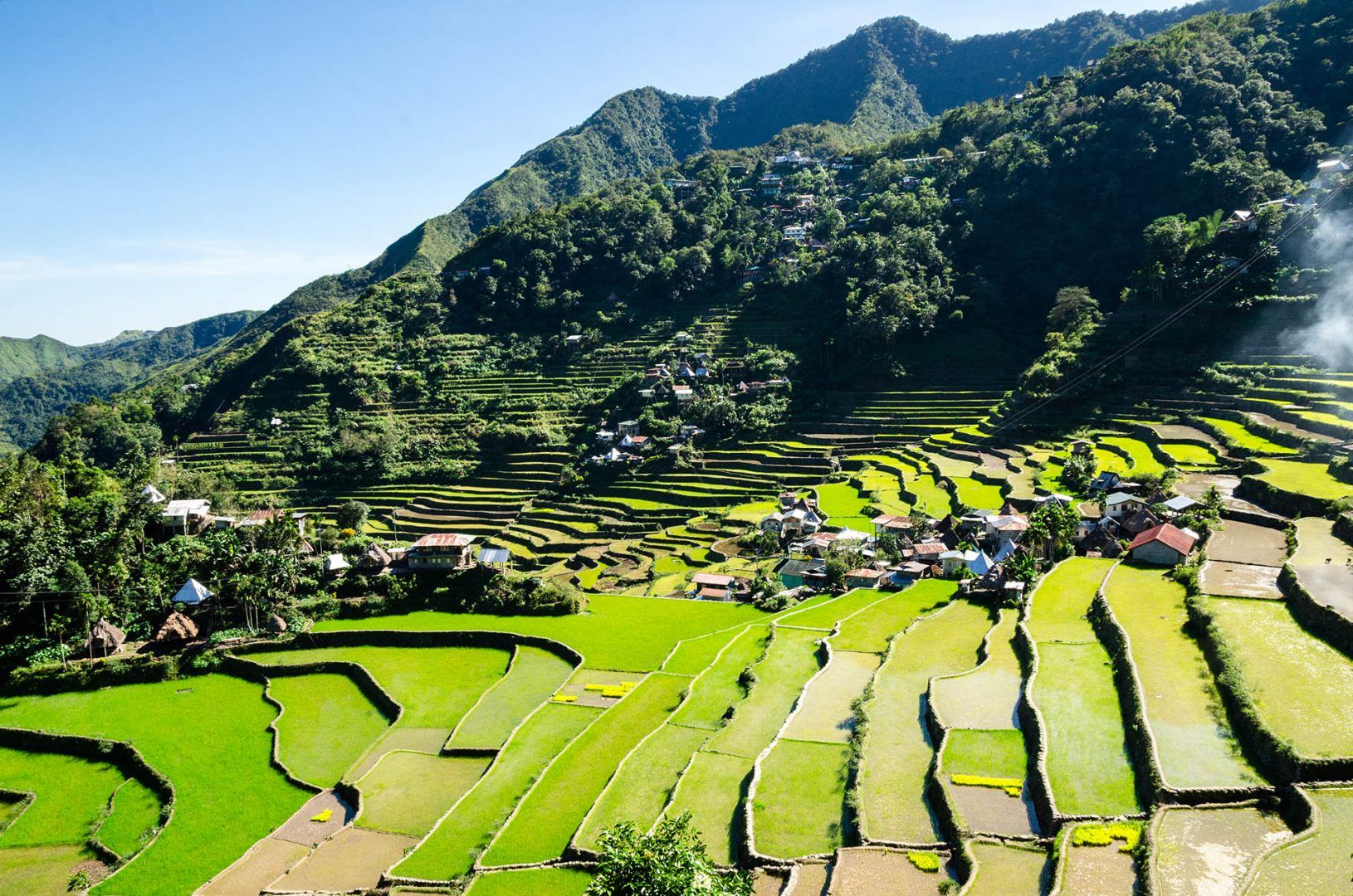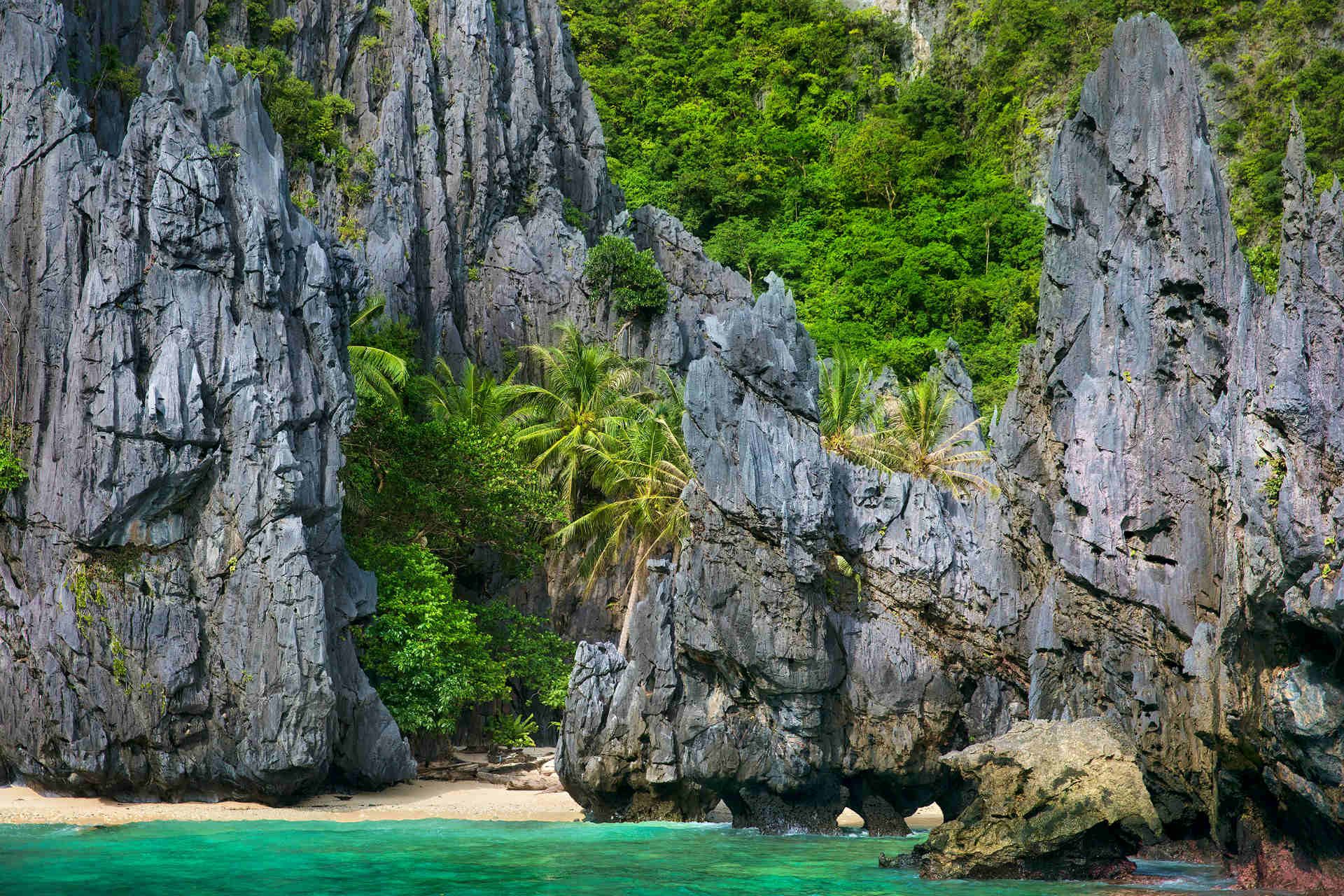Day 10: Bohol to Cebu to Puerto Princesa
It’s time to make your way to the next destination—Palawan. After breakfast, you’ll catch a ferry from Tagbilaran port back to Cebu.
Travel time (Bohol to Cebu): 2 hours ferry
The return journey from Bohol to Cebu follows the same route as your outward trip, with ferry services operating regularly throughout the morning from Tagbilaran port.
The ferry ride is about 2 hours, so it’s a good time to sit back and relax. When you arrive in Cebu, head to Mactan-Cebu International Airport for your afternoon flight to Puerto Princesa.
Travel time (Cebu to Puerto Princesa): 1.5 hours flight
Direct flights connect Cebu to Puerto Princesa daily, operated primarily by Cebu Pacific and Philippine Airlines.
The flight is pretty short, about 1.5 hours, and as you approach Palawan, you might catch amazing views of the island’s limestone cliffs and crystal-clear waters.
Once you land in Puerto Princesa, the relaxed vibe of the city will be pretty obvious. After you grab your luggage, just hop into a tricycle or shuttle to get to your accommodation in the city center.
Travel time (within Puerto Princesa): 15-20 minutes by tricycle or shuttle
After you check in, consider heading out for dinner at a local restaurant. Try some fresh Palawan seafood or lato (sea grapes)—they’re both local favorites. Then, take the evening to rest up and get ready for tomorrow’s trip to El Nido. Before bed, don’t forget to arrange your shared van transfer to El Nido through your accommodation so you can get an early start the next day.













